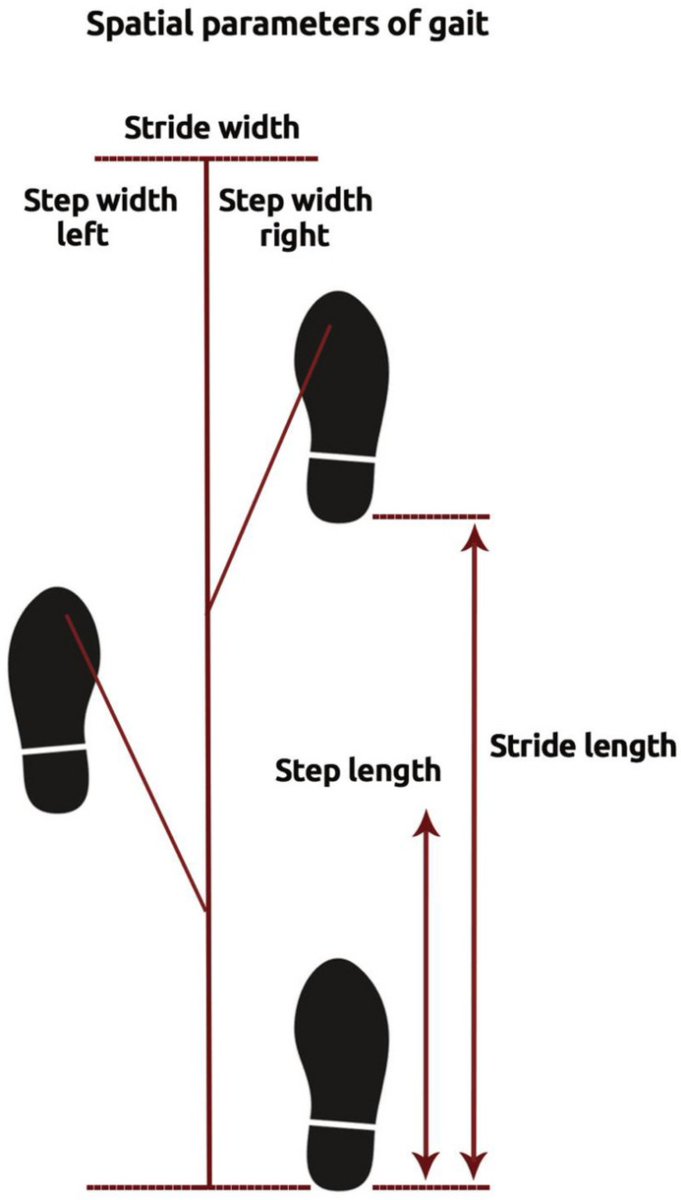
Giving #Paracetamol in cases of mild #Viral #fever may be harmful
1. It is a common practice to give paracetamol (acetaminophen) to children or adults suffering from viral fever. Research evidence shows that we may be causing more harm than good by this practice.
#MedTwitter
1. It is a common practice to give paracetamol (acetaminophen) to children or adults suffering from viral fever. Research evidence shows that we may be causing more harm than good by this practice.
#MedTwitter
2. Fever is not a disease; it is a symptom of viral infection. Paracetamol can not kill the virus.
Acute infections, including those due to Corona virus and other viruses, often stimulate a febrile response.
Acute infections, including those due to Corona virus and other viruses, often stimulate a febrile response.
3. A mild fever appears to improve #outcome; as it diminishes viral replication by several mechanisms, including virion entry into host cells and genome transcription, and improving host defense mechanisms against the pathogen.
4. High fever (39-40 degree celsius) may damage host cellular and tissue function and increase metabolic demands.
However, at temperatures at the lower end of the febrile range, the benefit of the fever appears to outweigh the detrimental effects.
However, at temperatures at the lower end of the febrile range, the benefit of the fever appears to outweigh the detrimental effects.
5. Over-prescription of paracetamol occurs due to two reasons-
a) Self-prescription by patients or parents (as paracetamol is an over-the-counter drug);
b) doctor's prescription due to "fever #Phobia in many patients and parents (of children)
a) Self-prescription by patients or parents (as paracetamol is an over-the-counter drug);
b) doctor's prescription due to "fever #Phobia in many patients and parents (of children)
6. Conclusions
*Avoid paracetamol in cases of mild fever due to viral infections,
*Paracetamol should be given, if temperature reaches 39-40 Celsius (102-104 Fahrenheit)
#Pediatrics
Ref: doi.org/10.12998%2Fwjc…
*Avoid paracetamol in cases of mild fever due to viral infections,
*Paracetamol should be given, if temperature reaches 39-40 Celsius (102-104 Fahrenheit)
#Pediatrics
Ref: doi.org/10.12998%2Fwjc…
• • •
Missing some Tweet in this thread? You can try to
force a refresh





